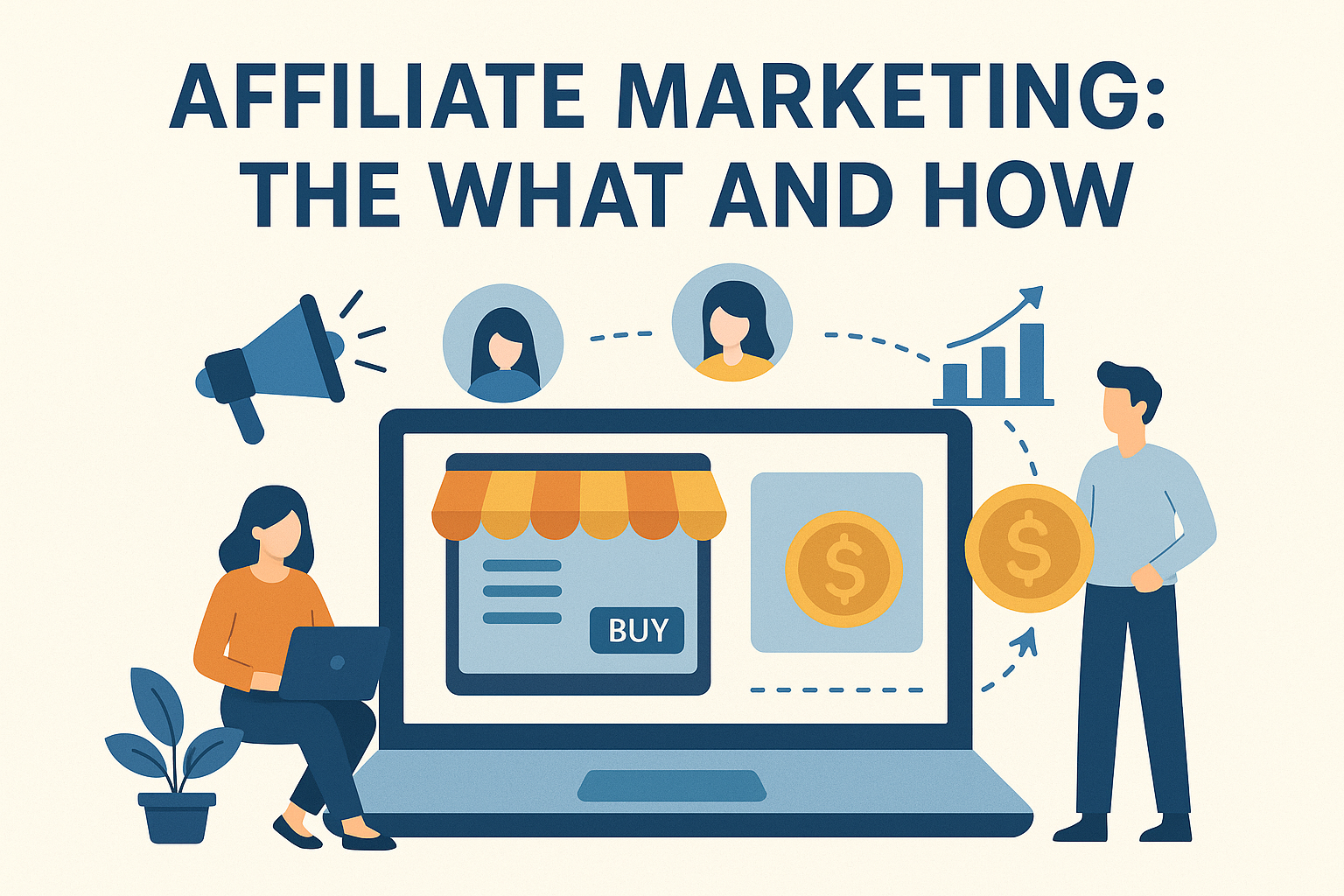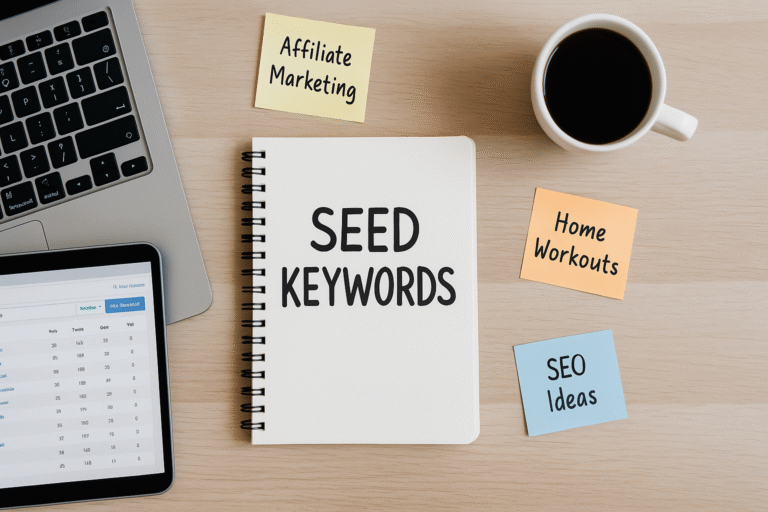How To Sell Without Being Pushy

Many business owners and sales professionals worry that a genuine and helpful sales approach might come across as forceful or insincere. I have learned that selling effectively does not have to involve hard pitches or high-pressure tactics. Communicating value clearly while respecting the potential buyer’s decision-making process is possible.
My experience in sales taught me that the key to selling is to offer information and guidance rather than simply pushing a product. I learned that a helpful, honest approach builds trust and long-term customer relationships, turning one-time transactions into ongoing, successful partnerships. This sincere method has improved my success rate and made every sales conversation feel much more rewarding.
This article explains how to sell without being pushy. I will cover practical steps to help you present your offer in a clear, non-aggressive way that appeals to modern customers. The goal is to work ethically, build trust, and achieve sales success with integrity. By following these guidelines, you can create an environment where your clients feel comfortable making decisions at their own pace and truly appreciate the value you offer.
Key Takeaways
- Understand the Customer: Tailor your approach based on the customer’s needs and concerns to make your sales pitch more effective.
- Create Urgency: Use time-limited offers and limited stock to encourage quick decision-making from customers.
- Use Assertive Language: Communicate confidently to instill trust and urgency, guiding customers towards making a purchase.
- Overcome Objections: Address customer hesitations directly and provide solutions to their concerns, demonstrating how your product can meet their needs.
- Follow-Up: Consistent follow-up can reinforce the urgency and importance of the purchase decision, keeping the product in the customer’s mind.
- Be Persistent but Respectful: While being assertive is important, ensure you respect the customer’s boundaries and avoid coming off as overly pushy.
- Offer Value: Clearly explain the benefits of your product to show how it adds value to the customer’s life or business.
Step 1: Understand the Value of Your Offer
The foundation of selling without pressure is a deep understanding of your product or service and knowing why it is valuable. When you clearly understand how your offering meets a need or solves a problem, you can communicate its benefits in a way that resonates with customers. This process begins by reflecting on what makes your offer distinct and how it benefits your intended market. Take time to think about real-world situations where your product has made a difference. This reflection solidifies your message and gives you examples to share in conversations.
Consider gathering feedback from past customers to get a full picture of your product’s impact. Listening to their stories can help you articulate the benefits more clearly. In doing so, you build an all-in-one narrative that emphasizes your product’s unique features and practical applications. This detailed self-assessment is very important for crafting a clear and compelling message.
Questions to Ask Yourself:
- What problem does my product solve for customers?
- How does my offer improve the buyer’s daily life or business operations?
- What unique features differentiate my product or service from competitors?
- Why should someone choose my offer over similar options available?
Once you have clear answers to these questions, you can craft a message that communicates the true value of your offer without exaggeration or undue pressure. This strong foundation allows your conversation with potential customers to remain informative and honest.
Step 2: Define Your Authentic Approach
Many people worry that being authentic might mean losing opportunities. I found that authenticity creates a relaxed environment where meaningful exchanges can happen. Instead of relying on scripted pitches or high-pressure techniques, an authentic sales approach invites conversation and shows genuine concern for the buyer’s needs. By being honest and transparent, you build rapport and create a dialogue where the customer feels safe to express their thoughts.
Think about sharing personal experiences or challenges you overcame with your product. This not only humanizes the sales process but also illustrates that you understand the customer on a personal level. A genuine conversation can turn a regular pitch into an engaging discussion where both parties learn from each other.
How to Define an Authentic Approach:
- Express genuine enthusiasm for your product.
- Listen carefully to the needs of your potential customers.
- Share honest information about your offering’s benefits and any limitations.
- Discuss real-life examples of how your product or service has helped others.
Focusing on sincerity avoids the pitfalls of aggressive selling. An honest discussion about your product’s strengths and best uses helps customers feel respected and well informed. Incorporating customer stories into your pitch can make a big difference when connecting on a deeper level.
Step 3: Build Genuine Relationships Without Pressure
Establishing meaningful connections with prospective clients can be more persuasive than using high-pressure tactics. Successful sales often come from relationships built on trust and mutual respect. Ensuring that clients feel heard and valued is critical to my sales strategy. Building these connections requires consistent efforts and follow-up interactions that reinforce the respectful nature of your approach.
Developing a strong relationship means being patient and investing time in truly understanding what your clients are looking for. When each customer feels that your focus is on meeting their unique needs, the relationship naturally evolves and strengthens over time.
Methods to Build Genuine Relationships:
- Spend time understanding the customer’s specific needs and concerns.
- Share experiences where your product has helped solve a problem similar to theirs.
- Offer advice that may be helpful even if it does not directly result in a sale.
- Create follow-up opportunities to offer further assistance as needed.
This approach allows interactions to be more about helping than selling. When your conversation shifts from a hard pitch to a friendly dialogue, customers tend to engage more honestly and become more comfortable with their decisions. Over time, this respectful method can lead to referrals and ongoing business relationships.

Salesperson Pitching to a Client
Step 4: Avoid Aggressive Sales Tactics
High-pressure selling can easily put potential customers on the defensive, even if you know your product is a good fit for them. Over the years, I have avoided tactics that make customers feel trapped or rushed. Instead, I embrace methods that allow customers to think and decide independently. This method of selling focuses on providing information rather than pushing for a sale, which is crucial in establishing trust.
By avoiding urgent language and excessive persuasion, you let the quality of your product speak for itself. This improves the customer experience and positions you as someone who respects the investment of time that decision-making entails.
Strategies to Avoid Pressure:
- Resist the urge to push for an immediate decision.
- Present your product’s features and benefits in an objective manner.
- Avoid using language that implies urgency if it does not apply.
- Allow customers to request more information or take their time to review their options.
Offering clear, factual information without an excessive push for an immediate sale helps customers feel comfortable evaluating the offer on their own terms. Once they feel relaxed and well-informed, they are more likely to trust your judgment and ultimately make a decision that benefits both parties.
Step 5: Prepare Your Pitch Thoughtfully
Successful selling involves careful preparation. I design my pitch to highlight the most valuable pieces of information succinctly. Rather than overwhelming the customer with every detail at once, I focus on the key points that address potential needs and questions. This thoughtful preparation allows you to maintain a calm and engaging conversation, where the customer is invited to ask questions and seek clarity.
Practice and refine your pitch by role-playing different scenarios. This method not only builds confidence but also ensures that you can explain the unique benefits of your product clearly in a variety of contexts. Remember, a well-prepared pitch can make all the difference in transitioning a potential lead into a loyal customer.
Steps to Create a Thoughtful Pitch:
- Identify the top three benefits that your product provides.
- Structure your conversation around how these benefits meet specific needs.
- Practice presenting your pitch in a calm, conversational tone.
Example:
- Introduction: Provide a brief summary of what your product does.
- Benefit Overview: Discuss how your offer can reduce costs or add value in practical ways.
- Real-World Application: Share a simple example illustrating a common situation where your product helps solve a problem.
This method leaves room for dialogue and questions. When the customer has time to process the information, I find they are more likely to see the genuine benefits without feeling overwhelmed or coerced. Thoughtful preparation makes your pitch sound natural and relatable rather than rehearsed.
Step 6: Create a Welcoming Environment
The surroundings in which a sales conversation takes place can greatly influence the tone of the interaction. A calm and inviting environment sets the stage for an open and honest conversation. I emphasize creating spaces where clients feel comfortable and free to ask questions and explore options at their own pace.
Consider arranging your meeting or workspace so that it feels personal and uncluttered. A neatly organized space helps your customer relax and concentrate on the conversation rather than being distracted by the environment. This simple step can make the difference between a high-pressure sale and a pleasant discussion that satisfies both parties.
Tips to Establish a Welcoming Environment:
- Prepare your meeting space with minimal clutter and distractions.
- Arrange seating in a way that encourages open discussion.
- Ensure that the setting is quiet enough to focus on the conversation.
- Keep any sales materials clear and easy to reference.
A well-prepared environment sets a calm tone that helps reduce anxiety and naturally encourages open communication. A relaxed customer is one who is more likely to carefully consider the benefits of an offer without feeling pressured to decide immediately.
Step 7: Listen, Follow-Up, and Adapt
One of the most valuable skills I have developed in selling is the ability to listen. Taking the time to truly understand a customer’s perspective enables me to offer useful solutions. After the initial interaction, following up and adjusting your approach based on feedback can be a game plan for long-term success. Clear communication and adaptive strategies make it easier for customers to see that their needs come first.
Follow-up is not merely about closing a sale; it is about ensuring that the customer feels supported throughout their journey. A thoughtful follow-up can build goodwill and open the door to future opportunities even if a sale is not immediately secured.
Suggestions for Following Up without Pressure:
- Send a follow-up message thanking the customer for their time.
- Offer additional information or address any questions that arose during the discussion.
- Keep future communications focused on support rather than a hard sell.
- Allow the customer space while also remaining available for further queries.
Maintaining clear communication and adjusting your approach as needed can strengthen the connection and increase the likelihood of a sale. Continuous listening and genuine follow-up set the stage for long-term customer relationships that often lead to repeat business without any sense of coercion.
Common Questions & Troubleshooting
If a client mentions feeling overwhelmed or rushed, I adjust my approach immediately. This might mean slowing down the conversation, emphasizing that there is no obligation to buy immediately, or providing additional details about benefits without pressing for a decision. Reassuring the customer is really important in building lasting trust.
-Listen carefully to spot the true nature of the objection.
-Acknowledge their concerns and share objective examples or data that address them.
-Offer alternatives or open the door for follow-up discussion rather than insisting on one solution.
-Respect the client’s right to decide at their own pace.
When a request for a discount comes up, I focus on explaining the value behind the price. Instead of quickly lowering the price, I share the benefits and long-term advantages of the product. This approach helps the client appreciate the full picture and understand that short-term savings might not always be the best option in the long run.
Final Thoughts & Next Steps
Every sales encounter is an opportunity to meaningfully engage with your audience. I have discovered that selling without being pushy means being honest about the value you offer and focusing on providing helpful information. When customers feel respected and well informed, they are more likely to make decisions that benefit both them and your business.
Your Action Plan:
- Review the unique features and benefits of your product or service.
- Outline an authentic sales approach that emphasizes listening over persuading.
- Create a friendly pitch that solves customer problems instead of forcing a sale.
- Set up your meeting or communication space to be welcoming and distraction-free.
- Follow up with customers based on their feedback and be prepared to adjust your approach.
The steps outlined above help you present your product in a light that is clear and respectful. They provide a framework to build trust and make every interaction more productive. Ultimately, the goal is to ensure that potential buyers feel confident in their decision-making process, free from the stress of a high-pressure sales environment.
What part of this approach resonates with you the most? I encourage you to experiment with one of these steps in your next sales meeting and experience the difference that a thoughtful and respectful approach can make.
Additional Insights
Taking a step back and reflecting on the entire sales process can reveal many opportunities to improve your technique further. Often, the little details, like the way you set up a meeting room or the tone you use when speaking, can have a big impact on your overall effectiveness. It is very important to learn from both successes and setbacks continuously. Over time, you can fine-tune your approach by gathering feedback from your peers and customers alike.
Consider keeping a journal where you jot down notes after each meeting. Write about moments when the conversation felt particularly natural or when a customer’s reaction hinted that you were on the right track. These reflections can help you map out which techniques are working best and where there is room to improve. Regular self-assessment and ongoing learning are key to staying sharp and adapting to new challenges in the sales world.
Additionally, remember that the market and customer expectations are always evolving. What works well today might need a little tweaking tomorrow. Stay engaged with new trends and consider joining sales workshops or networking events to share experiences and pick up fresh ideas. Continuous self-improvement and a willingness to adjust your methods set apart truly successful sales professionals.
Ultimately, this adventure in refining your sales strategy is not just about closing a deal—it is about building a lasting connection with your audience. Through patience, active listening, and genuine care, you can turn simple interactions into long-term relationships that are rewarding on many levels. Take the time to nurture these relationships, and you will find that success follows naturally.

Hello, I’m Michael, the founder of apexaffiliate.com. A few years ago, I was searching for a way to make money online and break free from the daily grind of the 9-5 lifestyle. Like many, I encountered countless “Done for you” and “Get Rich Quick” schemes, but eventually, I got lucky and discovered my path to success.
That turning point was Wealthy Affiliate, a platform I now consider home and the cornerstone of my online achievements. I want to share this journey with you and provide helpful insights into the basics of affiliate marketing, with the goal of making your path smoother than mine.
Join me, and let’s navigate this journey together—I’ll be here every step of the way to guide you.













